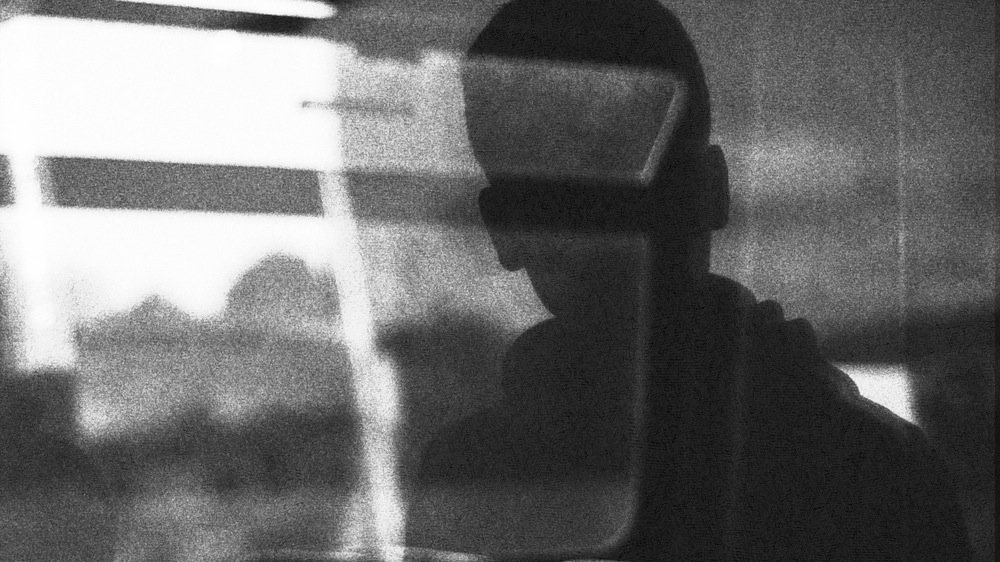Assorted Moods: John Swing Talks

Variety is the spice of life as they say. John Swing, whose real name is Francessco Gianini, knows this better than most: a master of reinvention, high end sound design and an endorsement of life itself,
I Skyped Francesco Giannini, also known as John Swing, over a cuppa to talk about his new album Assorted Moods. The 10-track release was out on vinyl on Monday 5th through LiveJam – the label he's co-owned with his brother Emanuele (aka EMG) since 2009. Francesco talked me through what's important to him about music: life, great sound, and variety.
Assorted Moods, his new album, is just that. A snapshot of Francesco's record bag, the release represents something of a change of pace for the John Swing moniker.The same words are often bandied about when describing the John Swing sound: raw, powerful, soulful, dusty… And while all of those elements are present on Assorted Moods, there's a noticeable change of direction. "I've been listening to a lot of Dub recently," Francesco tells me, "then Jazz and obviously Disco, Funk, and dance-floor oriented grooves inspired me more for the dance-floor house tracks. This album shows what I’ve been listening to for all these years basically, picking out the tracks which showcase all of my production."

"The album also represents the influences I’ve had living in London," he continued, "A lot of it comes from Dub. Dub is a large influence on the music I make, in terms of the power in the sound when you go to a sound system. You perceive music in an intense way, and the recording process is a big part of music I like when it’s being dubbed."
"I really like the way versions of a Reggae tune become new versions by mixing it down in differently. You’ve got the same sounds and the same structure, you just decide when to drop in one sound or another with some effects, and that gives a complete different direction to the track. I connect to that in the way I see disco and funk records adapted for the club."
The album is still definitely club oriented. "Do you use the club as a sounding board for some of your own work, playing things out before taking them home to rework them?" I ask. "No that’s something I don’t really do," he replies, "the amount of time I spend in the studio is not really on the same level as the amount of time I play out. I tend to play records that I listen to and that inspire me, rather than my personal stuff."
"What inspires me is an environment where you can go and listen to music on a proper sound system. Whatever music you play through a proper system doesn’t really matter. It’s about the way whatever you're listening to makes you move. House music helped me understand this to begin with… But I’ve heard Jazz records played through a sound system where you'd usually be listening to dance music, and I’ve learnt that anything can be club music."
I asked Francesco to expand on his view of Jazz music in relation to club music. "Any groove that’s been put into a genre, be it 7 minute, 2 minutes, a Hip-Hop loop, DnB, House, when you hear it on a nice sound system there’s no big difference. Obviously Jazz is less direct, a sort of wider view of music that doesn’t have rules. You can hear any type of groove in Jazz, it plays with your mind. You can connect it in your mind to different music you’ve been listening to."
Talking to Francesco, it quickly became clear that this intimate relationship with music has shaped the way he listens and creates his own tracks. By deliberately choosing to record and mix everything live, Francesco convinces me "you get more of a natural feeling behind the recording." "That’s what I really like in any record I listen to," he says, "I like to hear imperfections, that everything isn’t calculated. I like to hear changes, and something unpredictable as well. With a lot of house music, you know when the breakdown is going to start 4 bars before. You know when it’s going to hit back too. In the clubs, you can more or less predict it."
With the topic of variety coming up so often, we then began talking about Francesco's various aliases (from John Swing to The Raw Interpreter) as well as the various labels created by him and his brother (such as LiveJam, Relative, and Warm Sounds). I asked Francesco if this cluster of characters was more to do with his own artistic expression, or simply a way of adding mystery and obscurity to himself and to throw listeners off the scent.

"If I put something under a different name it’s usually because I’m doing a collaboration," Francesco replied, "It has a different identity in a way. It gives me more freedom in the moment I make it, to express it better. It’s a way to let the music speak 100%, rather than having a connection to a name or a style of music that’s already categorised. Putting it out with a different name keeps it new."
Francesco then proceeded to tell me more about the album's actual creation, describing it as an organic and evolving process. The way he describes his music is often quite natural, returning to the idea of a fluidity to music which constantly ebbs and flows. We talk about how the creative process can be too often cut off from the listening experience, and Francesco agrees with my thought that his live recording techniques help bring the listener and the creator closer together.
"Yeah!" he says, "If you’re closer to the way a track is made, the more you can make yourself. But even if you don't know how to make music, I think you can feel that as well. You can perceive something creative being done through the recording. That adds so much to the listening experience, which you don’t get in a lot of club music at the moment. We hear music but we don’t listen. You hear different tracks but you always get the same feeling."
You can order John Swing's new album HERE from LiveJam
Photography courtesy of Giorgia Tobiolo.






















